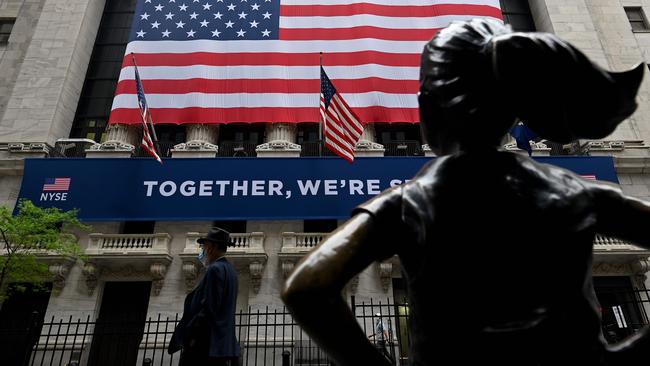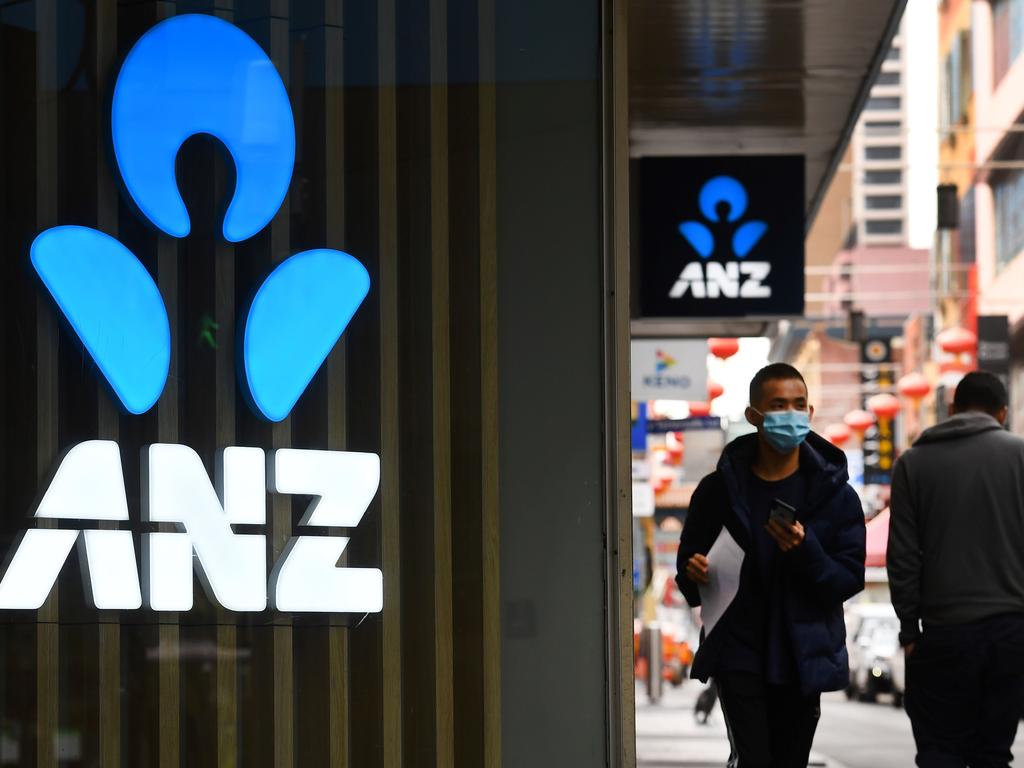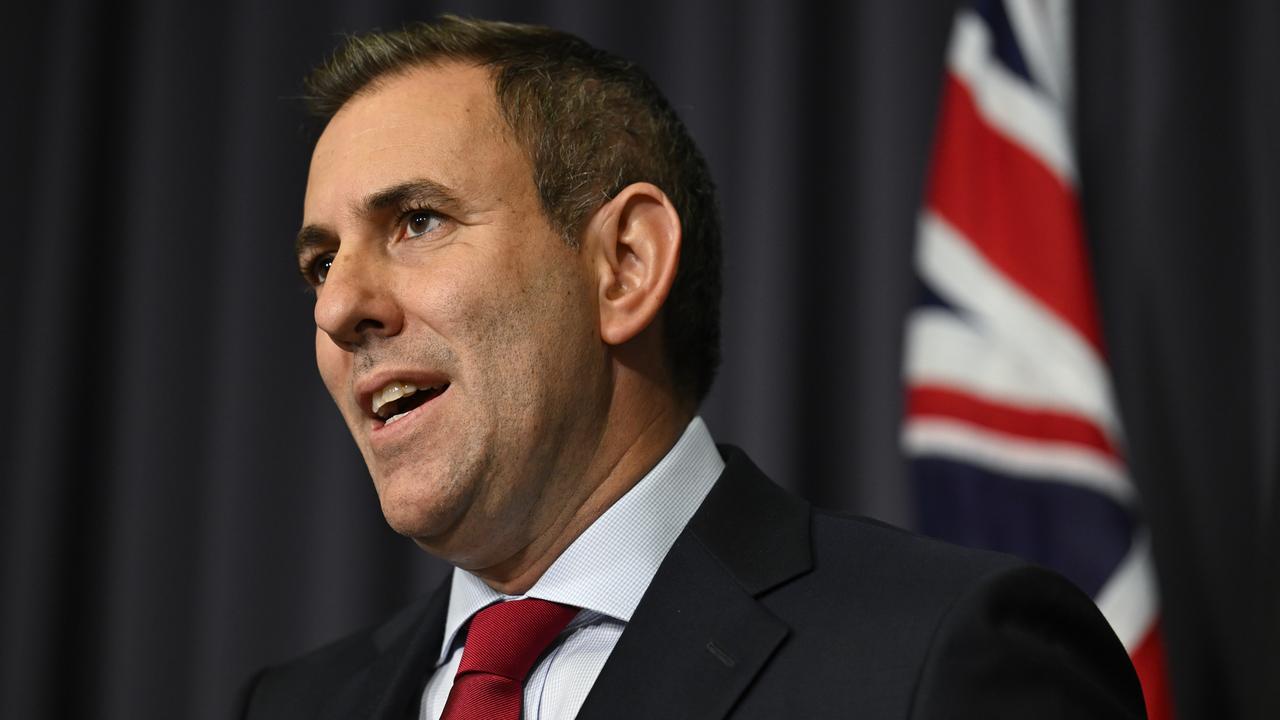Focus turns to the Federal Reserve after US jobs surge
Friday’s better-than-expected US jobs data and jump on Wall Street will add to the fear of missing out on Australian shares.

Friday’s massively better-than-expected US jobs data and subsequent jump on Wall Street and fall in volatility will hurt short-sellers and add to the fear of missing out on Australian shares.
With the S&P 500 soaring 2.6 per cent and the VIX volatility index falling to late-February levels, Australia’s S&P/ASX 200 was set to make a new three-month high above 6100 points.
Focus will then turn to Wednesday’s Federal Reserve meeting, where the Fed is likely to err on the side of caution, repeating that the economy needs continued support despite the surprisingly strong jobs data and a huge bounce in crude oil from $US15 to $US40 a barrel since the last meeting.
Although US employment growth beat expectations by a staggering 10 million, US unemployment is still very high, albeit caused by an artificial halt to employment that’s ending sooner than expected.
US retail sales estimates will need to be revised higher, but it’s too early to draw any concrete conclusions about the economic outlook and the jobs data that count will be July and August.
Better-than-expected US jobs data may reduce pressure on congress to deliver the $US1 trillion ($1.43 trillion) of additional fiscal stimulus under consideration — which is even more reason for the Fed to stay the course with its unlimited quantitative easing program, although it is slowing.
The Fed has bought $US1.5 trillion of Treasuries in recent months, but has slowed the pace from $US75bn a day in the last two weeks of April, with a reduction to $4bn a day announced on Friday.
Perhaps the Fed will keep slowing its asset buying because the S&P 500 is just 6 per cent below its record high, and Bloomberg’s US Financial Conditions index is almost back to neutral.
But the $US1.5 trillion expansion of the Fed’s balance sheet in recent months compares to $US4.5 trillion in the six years to October 2014, and it is still buying $US80bn of Treasuries a month versus a prior record of $US85bn during its third round of QE announced in 2012. Combined with the wide-ranging nature of the Fed’s lending programs and the European Central Bank’s recently extended €6bn ($9.57bn) a day Pandemic Emergency Purchase Program, the world’s central banks are arguably still providing enough liquidity to drive sharemarkets higher.
Total balance sheet expansion by central banks globally this year is expected to be about $US6 trillion, which would be roughly the same as half of all central bank QE from 2009 to 2018.
And stimulus continues to expand in Europe, with ECB extending its QE by a bigger-than-expected €600bn and Germany announcing more stimulus equivalent to 1.6 per cent of GDP.
JPMorgan’s head of cross asset strategy, John Normand, says the most common question that his clients are asking now is whether markets are “overshooting” relative to past recoveries.
Right now, he thinks this front-loading is either “mild or justified by unusual circumstances”.
The MSCI All-Country World index has retraced about 80 per cent of its COVID-19 recession losses — beyond what stocks deliver on average even six months into an expansion. This optimism is even more extreme if this expansion were to track the post-GFC experience — it took 12 months for global equities to retrace about 50 per cent of their 2008-09 losses.
Still, this aggregate conclusion is skewed by gains in US tech/secular growth stocks, which have delivered their fastest ever retracement across all recessions since the 1970s.
Focusing only on pure cyclicals such as financials, industrials and materials, Normand finds that the degree of retracement is still ahead of what typically occurs one month before the recession ends but in line with what is achieved in the first three months of the expansion. The same conclusion of mild overshoot holds for the world ex-US index — where gains have been just a few per cent ahead of normal, while US small caps are performing in line with historical averages.
Credit markets are delivering record-large retracements of their crisis losses, but Normand says that’s justified given the record pace of Fed balance sheet expansion this spring and its unprecedented willingness to operate in primary and secondary markets.
He sees two near-term risks — a US “fiscal cliff” if congress doesn’t pass additional fiscal stimulus to extend expiring measures, notably unemployment benefits; and material US action towards mainland China and Hong Kong, via sanctions on financial institutions, limits on US state/local pension investment in those markets, or tariff increases on a lack of progress on trade.
He expects congress to approve further stimulus to prevent a series of fiscal cliffs the economy would encounter due to expiring programs, like those related to unemployment benefits.
But Normand feels “the medium-term risk is that data — and eventually earnings momentum — wilts in line with the slow pace of the post-GFC recovery”.








To join the conversation, please log in. Don't have an account? Register
Join the conversation, you are commenting as Logout